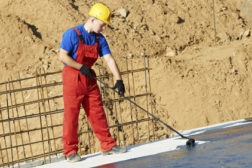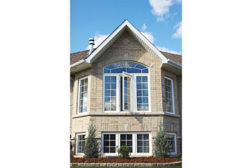Home » market reports
Articles Tagged with ''market reports''
Market Trends: Worldwide Composites Markets Growing
Demand for composite materials in the aerospace and automotive industries is expected to rise.
November 1, 2013
Market Trends: Sealant Demand Growing in Europe
The construction industry continues to control the demand for sealants.
November 1, 2013
Market Trends: Global Consumption of Radiation-Cured Products
Product assembly adhesives for electronic, medical, and other applications accounted for 13% of the adhesive pounds.
October 1, 2013
The latest news and information
Content focused on adhesive & sealant manufacturing, formulations and finished products
SUBSCRIBE TODAYCopyright ©2024. All Rights Reserved BNP Media.
Design, CMS, Hosting & Web Development :: ePublishing








